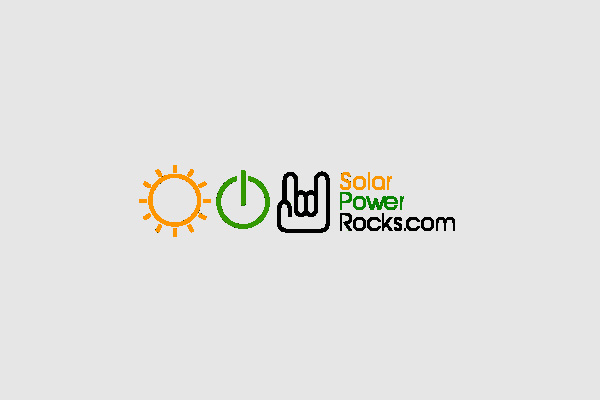- It ranks states that offer both long-term support for distributed solar and excellent financial rewards to solar owners.
- The best states have remained resolutely atop the rankings while raising the bar for what it means to support home solar.
- The nationwide picture as a whole remains relatively unchanged between 2019 and 2020.
Oregon — Solar Power Rocks (SPR) has released its 2020 State Solar Power Rankings Report. The platform is a comprehensive source of information for homeowners about state and national solar policy, incentives, and financial estimates.
The Report assesses the 50 states and Washington D.C. based on factors likely to result in robust growth in the residential solar industry.
SPR staff grade the states on 10 factors, including new criteria for annual insolation and low-income or community solar programs.
For 2020, an updated weighting mechanism places greater importance on strong net metering policy. Net metering allows solar owners to earn credit for excess solar electricity their panels produce when the sun is shining, which they use to offset their needs at night.
“Access to full retail rates for net metering is strongly correlated to thriving home solar markets. We’re closely following the impact of enhanced programs in some of the top states we identified in 2020,” said Dan Hahn, SPR’s founder. “Net metering battles between well-connected utility companies, state legislative bodies, and state public utility commissions threaten to erode the potential for us all to participate in a clean energy future.”
For 2020, the top 5 solar states are Massachusetts, New York, New Jersey, Rhode Island, and Maryland.
The Report is an interactive data visualization that allows users to compare states side-by-side and learn about the criteria used in the ranking process. SPR staff also calculates example return-on-investment numbers for the average home solar installation in each state.
The calculations are based on household electricity usage data from the U.S. Energy Information Administration, and solar production and cost data from the National Renewable Energy Laboratory, installers, and industry sources.
2020 marks the 13th anniversary of the SPR State Solar Power Rankings Report, and a continued dedication to provide legislators, homeowners, and installers an unbiased, rigorous and free resource to help them see the impact of solar in their state.













Comments